This year’s annual meeting of the World Economic Forum, known as Davos 2023, takes place from Jan. 16 to 20 in Davos, Switzerland, under the theme “Cooperation in a Fragmented World.” Over 2,500 leaders across government, business and society will gather to discuss how to drive solutions that leverage public-private partnerships for some of the most pressing challenges the world faces today.
The global-scale challenges are increasingly complex and daunting. Along with the ongoing coronavirus pandemic, many countries are dealing with their highest inflation in decades and an energy crisis sparked by Russia’s invasion of Ukraine. In addition to these recent challenges, the increasing frequency of extreme weather events and rising sea levels driven by climate change, as well as rapidly graying populations, remain long-term challenges that demand action.
With one of the world’s highest proportions of senior citizens and a working-age population declining faster than any other advanced economy, Japan offers many developed nations a blueprint of the demographic challenges coming their way. And while the global economy today is facing the prospect of another recession, Japan has been grappling with economic stagnation for the past 30 years.
In response, the government of Japan is seeking to power economic growth while driving solutions to social and environmental issues under its vision for a “new form of capitalism.” On a high level, the government’s growth strategy targets increased investment in the areas of science, technology and innovation, startups, digital transformation (DX) and green transformation (GX) to overcome structural challenges and improve social well-being and the environment.
One pillar of the strategy is realizing GX with investment in 14 sectors, including wind and solar power, hydrogen, automobiles and batteries. This is tied to Japan’s Green Growth Strategy and its goals to “reduce its greenhouse gas emissions by 46% in fiscal 2030 from its fiscal 2013 levels” and achieve net-zero emissions by 2050.
DX is targeted for concentrated investment to drive new growth and includes deploying 5G (fifth-generation) cellular technology, digitally integrating rural areas and providing digitally based services to increase convenience and social inclusion.
Prime Minister Fumio Kishida has also declared 2022 to be “the first year for founding startups,” and the government has created a five-year plan targeting a tenfold increase in investment in that area as a pillar of Japan’s growth strategy.
Chatbot a boon for services
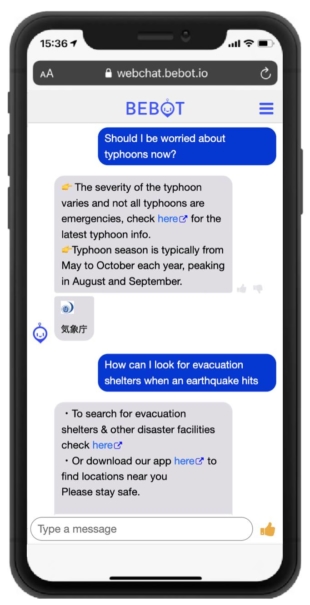
Startups in Japan span a range of industries, but one operating at the intersection of digital technology and social interconnection is Bespoke Inc., whose chatbot Bebot, which uses artificial intelligence, now provides service to millions of people around the world in 11 languages.
Founded in 2015 by Akemi Tsunagawa, who describes herself as driven to solve problems, Bespoke started with the idea of providing services that would connect travelers to local communities and create authentic experiences.
“I first set out to create a site that would be similar to TripAdvisor but with more local content. As we conducted user interviews, we started receiving more requests for different kinds of help, like making restaurant reservations and various arrangements, so we added a concierge service to the site,” Tsunagawa explained. This service then evolved into a chat site to provide service in real time, which led to creation of the chatbot.
Bespoke’s multilingual Bebot was launched in 2016 and became the first AI-powered chatbot in the world to be used by an international airport and a major train station — Narita Airport and Tokyo Station. Today, Bebot is also used by the Health, Labor and Welfare Ministry and other parts of the central government, the Japan National Tourism Organization, Japanese municipalities, Tampa International Airport in Florida, the Star Alliance and various hotels to answer frequently asked questions and offer customer support, as well as provide information during natural disasters and other emergencies.
The many governments in Japan that have adopted Bebot include the city of Sendai as well as Toyama and Yamanashi prefectures, which use the chatbot to provide tourism-related information. The town of Taketomi, Okinawa Prefecture, is using Bebot to answer questions frequently asked by residents, increasing their convenience by reducing the number of trips they need to make to government offices, which also increases efficiency and reduces the workload of civil servants. As such, the AI chatbot aligns with Japan’s drive to digitalize the public and private sectors while also helping solve the social challenges of a shrinking labor force.
Tsunagawa described the functional design, saying, “We design the chatbot not simply to provide an answer to a question, but to engage in slightly longer conversation to make interactions more humanlike.” She added: “Hotels overseas rarely provide more service than you ask for, whereas hotels in Japan often provide hospitality by doing things for you even when you don’t ask. This is how we try to design Bebot to function as well.” Bebot’s innovative design has even earned it some admirers, who continue chatting with it even after getting the information they need, something that surprised even Tsunagawa.
Having lived through a terrorist attack herself while in Vienna and been put in danger due to the lack of information she could access then, she knows the importance of providing real-time information in an accessible language. A real-world example of this principle at work is a JNTO call center that is integrated with Bebot. During the typhoons Faxai and Hagibis in 2019, Bebot was able to successfully answer 96% of questions asked in multiple languages during the initial response.
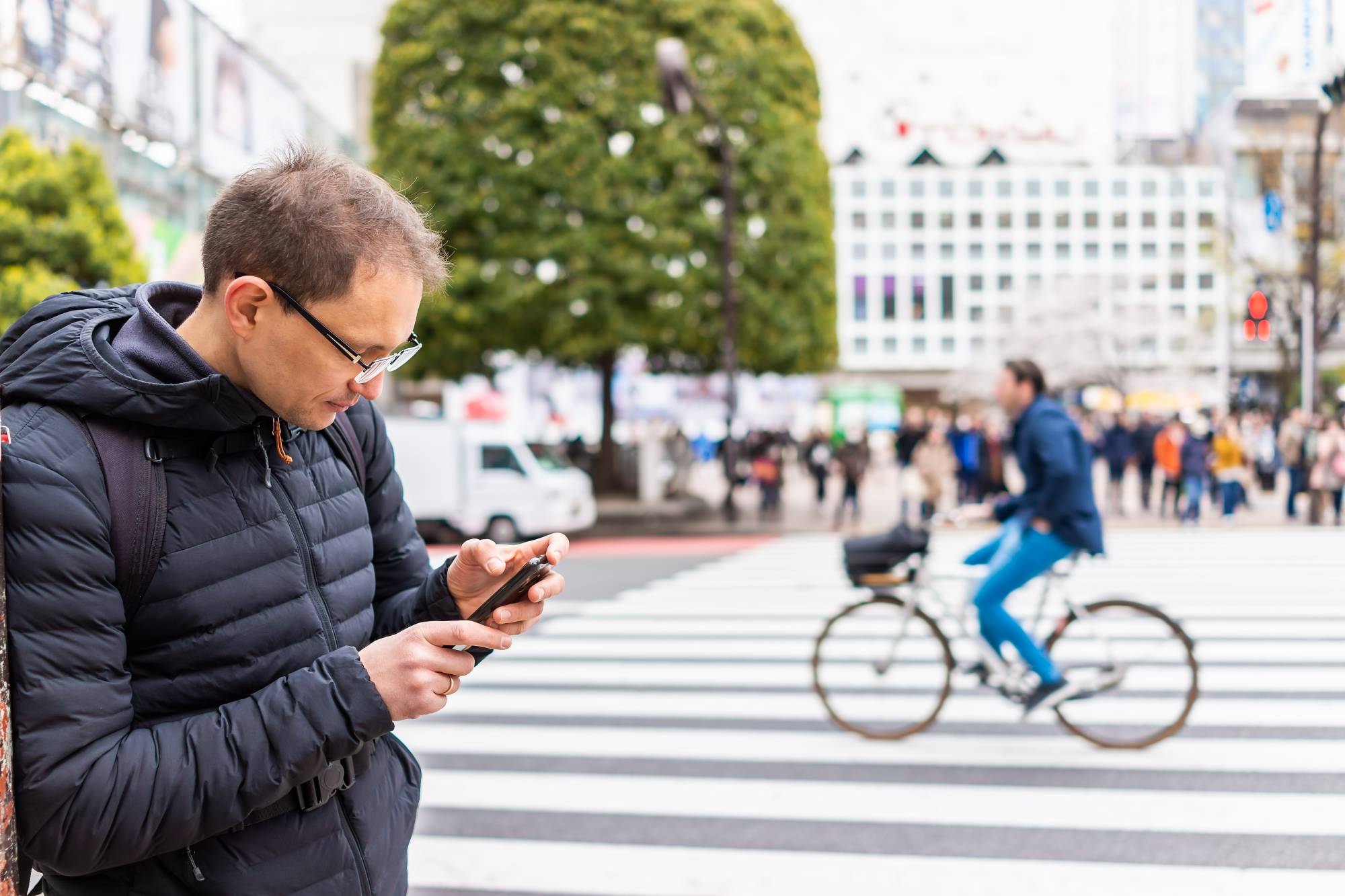
Tsunagawa has been fielding inquiries from overseas governments, such as the state of California, to provide emergency alerts for wildfires and similar events. Although still in the concept stage, she envisions using geolocation data to warn people of imminent danger in real time based on their location. Bespoke’s ambitions to build out digital services for municipal services and disaster response while also increasing efficiency and alleviating the labor shortage dovetail with the government’s strategy of driving growth while solving social challenges.
Tsunagawa cited the government’s J-Startup program as being particularly instrumental to Bebot’s expansion. J-Startup grants exemptions on bidding requirements for public projects, without which many startups would not be able to compete due to their lack of experience and inability to meet the bidding qualifications. According to Tsunagawa, Bespoke has been able to triple its earnings thanks to this government support.
Integrating digital services
Regional depopulation and aging are problems that Japan has been grappling with for a long time, and ones that many other countries are experiencing to some degree. Kishida’s proposed Vision for a Digital Garden City Nation aims to tackle these problems through rural-urban digital integration and transformation. The vision seeks to create a digital superhighway with submarine cables, optical fiber, regional data centers and 5G technology connecting regions throughout Japan. A skilled workforce will then be trained in digital technologies to drive digitalization in local communities.
The vision seeks to mobilize this technology and talent to deliver convenient services and realize cooperative business models for residents regardless of where they live or personal attributes, such as age or physical ability.
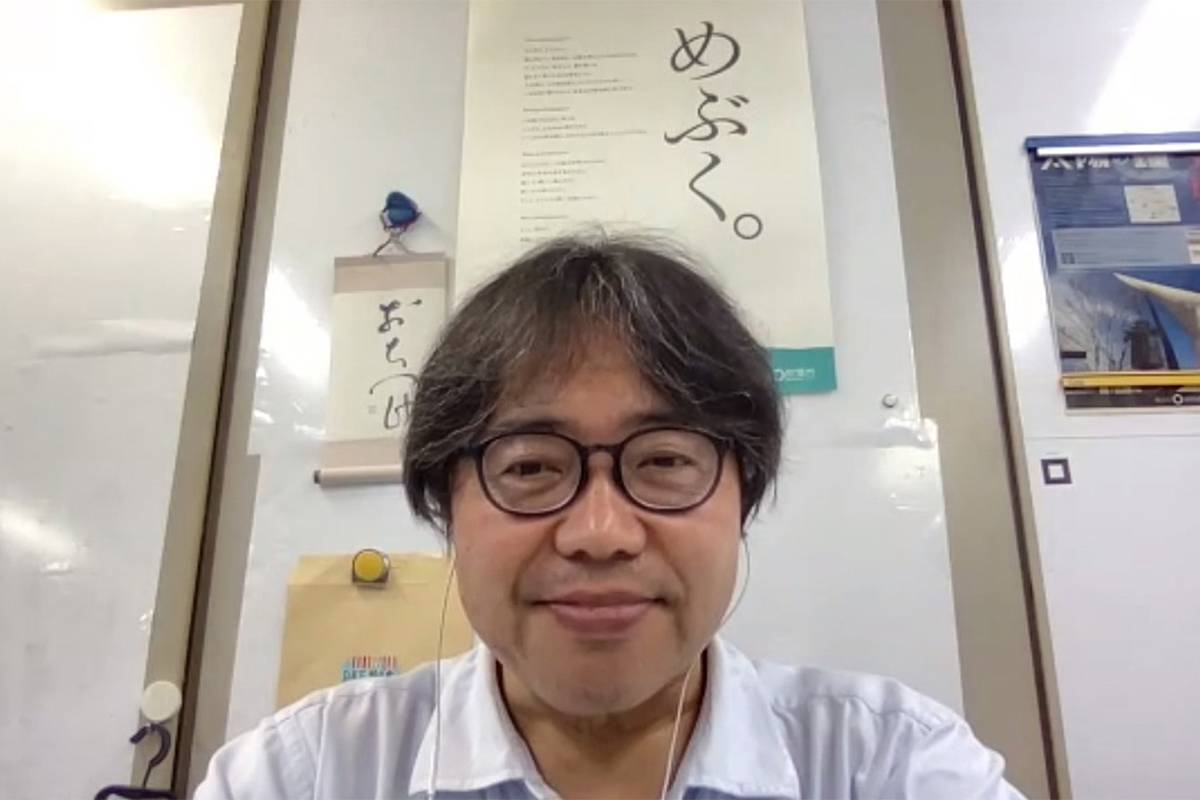
One such innovative project is underway in Maebashi, the capital of Gunma Prefecture. With a population of roughly 330,000, Maebashi has been engaging in urban development through public-private partnerships for the past 10 years, aiming to become a “digital green city.” Osamu Yachida, councilor of the Future Creation Department at Maebashi City Hall, applauds the Digital Garden City Nation framework. “We need to digitalize aspects of life from birth to death, and to do this we have to think about the big picture, not just pieces of it. That’s why we need to be thinking about concepts like Mebuku ID and city infrastructure.”
Part of the infrastructure for Maebashi’s DX plan is Mebuku ID, an integrated identification number residents can use for both public and private services.
According to Yachida, to achieve DX over citizens’ lives, “You can’t have public and private services be partitioned from each other and achieve integration. This is why we need to have an integrated ID that can also be used for private services.” Yachida said Mebuku ID is currently the only legally recognized ID in Japan that is available on a smartphone and offers digital signature capabilities, as well as data archiving and electronic payment services.
With user consent, Mebuku ID can be paired with a wide range of services offered by the private sector. Among them is the Eye Navi walking-support app for the visually impaired. In Japan, some 1.44 million people are said to have a visual impairment, while there are only 848 guide dogs. The Mebuku Eye system created by Maebashi, which received the top prize this year in the Idea category of the central government’s Summer National Championship for Achieving a Digital Garden City Nation, is based on combining the private Eye Navi technology with the digital infrastructure of the city’s Mebuku ID.
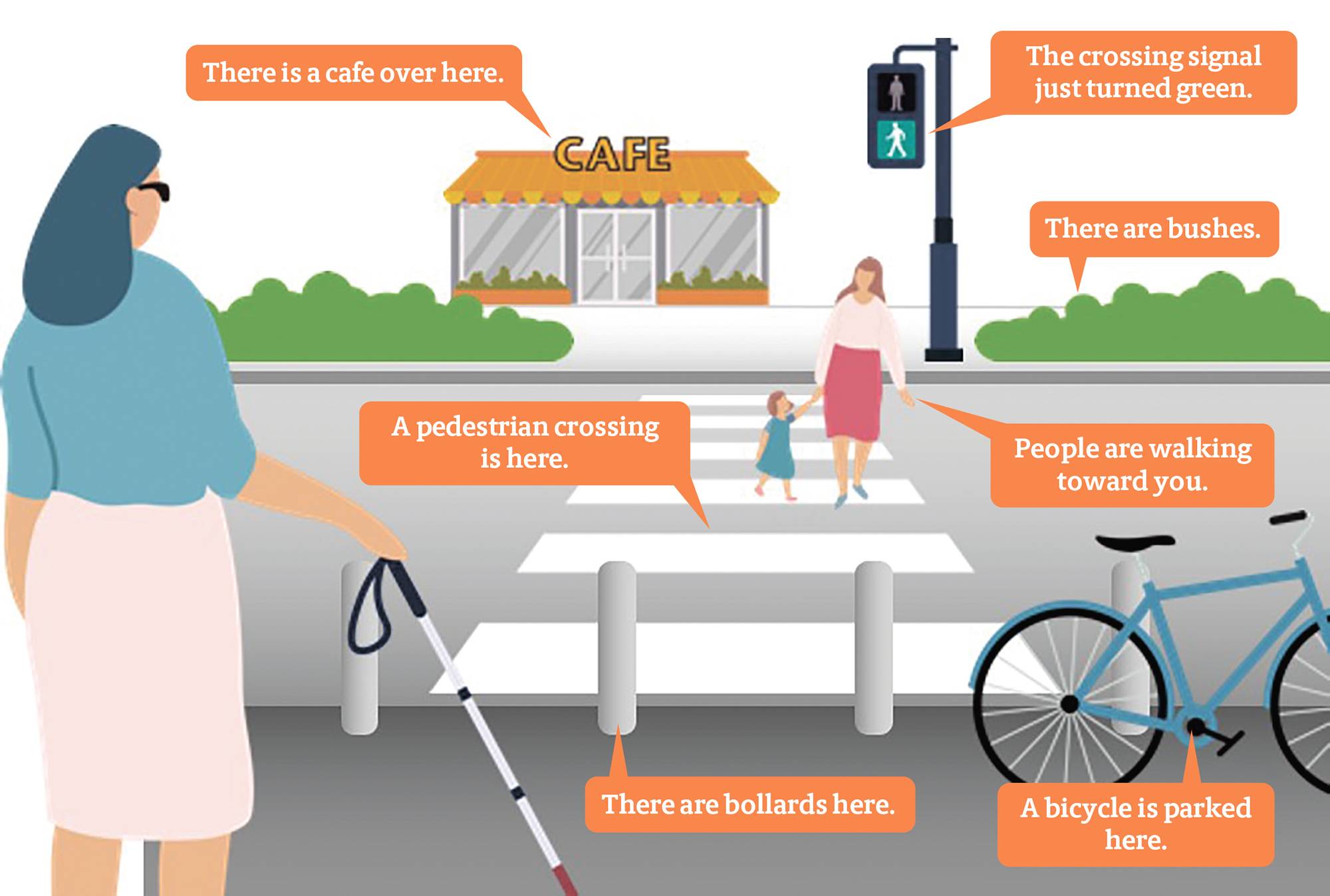
To date, public infrastructure to support the visually impaired has included tactile paving — the bumpy yellow tiles found on train station platforms and sidewalks — and audio signals at street crossings. The Eye Navi app uses image recognition and an AI engine to “make scenery audible” by providing voice guidance on the surroundings viewed by the user’s smartphone camera, such as where obstacles are and which shops are nearby. The app’s integration with Mebuku ID will make it possible to ask for specific help and be matched with other residents able to help them in the Mebuku Eye system. This implementation is targeted for fiscal 2023.
“For people with visual impairments, digital technology has the ability to change getting from point A to point B into an enjoyable walk,” Yachida explained. “Up to now, able-bodied people may not have been able to tell whether people with visual impairments wanted help or not, or how to help even if they wanted to. With the use of Mebuku ID, it is now possible to know this. This is the mutually assisting, future city we are aiming to create.”
Yachida said initiatives like Mebuku ID and Mebuku Eye, which are being considered for adoption by other governments, need to be expanded. “In addition to public and private initiatives, public bodies also need to engage with each other on initiatives,” he said. “We have an opportunity now to drive transformation from the viewpoint of total optimization instead of partial optimization, and the national government and local governments need to explore realistic ways to make sure this transformation happens.”

From aluminum to hydrogen
Japan has publicly pledged to “reduce its greenhouse gas emissions by 46% in fiscal 2030 from its fiscal 2013 levels” and achieve net-zero by 2050. Key to this is the government’s Green Growth Strategy and its concentrated investment in 14 sectors, including hydrogen, through the ¥2 trillion Green Innovation Fund. Hydrogen is attracting attention and investment as an alternative fuel because it can be produced from diverse energy sources and emits no carbon dioxide when burned.
Toyama-based startup Alhytec Inc., one of the winners of Minister of the Environment Awards for Climate Action in 2021, has created an innovative method to use aluminum waste to produce hydrogen. Various kinds of aluminum waste can be used in this process, even cans. According to Alhytec, their system is able to produce a kilogram of hydrogen and 26 kilograms of aluminum hydroxide from 9 kilograms of aluminum. Currently Alhytec is the only company to successfully commercialize this process.
Alhytec has developed a portable hydrogen generator for residential and other applications. One simply adds aluminum to the unit to generate hydrogen, with no electricity required. The unit can generate enough electricity per day to power an electric vehicle for 440 kilometers while reducing carbon dioxide emissions by 96% compared to simply incinerating aluminum waste without making electricity. This green technology calls to mind the “Mr. Fusion Home Energy Reactor” that powered Doc’s flying DeLorean in “Back to the Future” using a banana peel, a beer can and the beer. Maybe the future isn’t so far off after all.
Alhytec is working with gas companies in Japan to investigate using the portable unit to generate hydrogen from household aluminum waste for mixing with municipal gas used in homes. Just mixing a ratio of 25% to 30% hydrogen generated using Alhytec’s technology with municipal gas has the potential to achieve net-zero greenhouse gas emissions, according to the company.
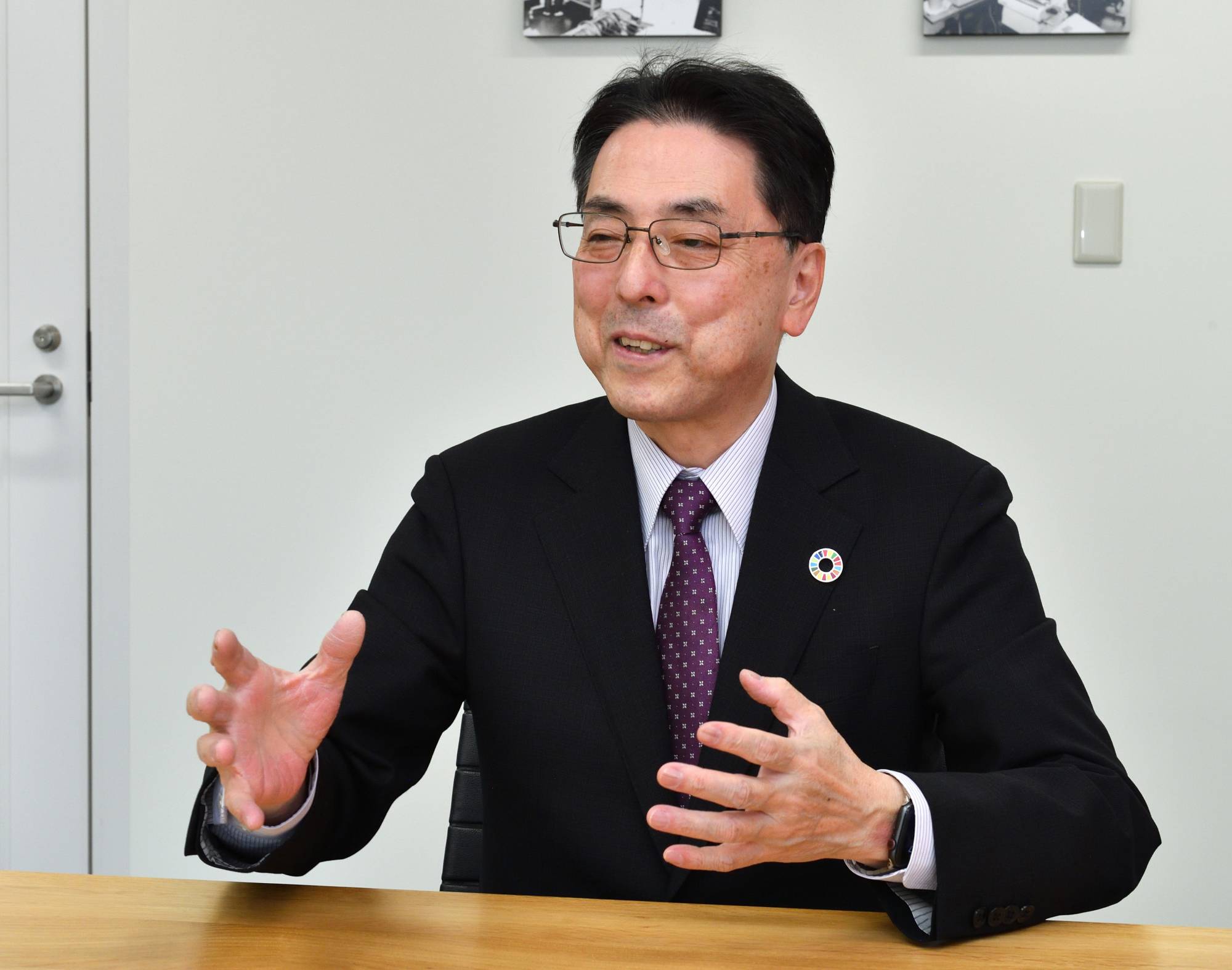
The hydrogen is created with the addition of a reusable reaction solution that Alhytec developed over a period of more than 10 years. A byproduct of this reaction is aluminum hydroxide. Aluminum hydroxide is typically generated from bauxite in an energy-intensive process that generates large amounts of carbon dioxide and is used in a range of industrial and medical applications from surface coatings and flame retardant fillers for plastics to toothpaste fillers and antacids. In contrast, Alhytec’s technology “can generate green aluminum hydroxide while generating green hydrogen,” according to company President Nobuaki Mizuki. He added: “Japan imports 700,000 tons of aluminum hydroxide created from bauxite. Not having to create this aluminum hydroxide would contribute to decarbonization worldwide.”
As part of a New Energy and Industrial Technology Development Organization project, Alhytec built a verification plant for generating power using aluminum waste to extract hydrogen from water in 2016. Alhytec then launched a pilot project with Toyota in 2020 to generate hydrogen using aluminum alloy chips left over from manufacturing processes.

Meanwhile, a project undertaken in 2022 has an Alhytec system generating hydrogen to power a boiler for a hot spring facility in Takaoka, Toyama Prefecture, that heats the water to bathing temperature. Slated for operation in 2023, the hydrogen-powered boiler will be able to reduce carbon dioxide emissions by 738 tons annually compared with a conventional gas or oil boiler, according to Alhytec.
Alhytec aims to inspire local production and consumption of energy produced using waste, and is conducting a demonstration project for this in the Hokuriku region. “We need to create an independent, decentralized energy system segmented into areas so that energy creation does not stop when something happens. I want to build a community model where industry and citizens create this together. A number of cities have shown interest in this. Our world is overflowing with aluminum waste, which could be used in this,” Mizuki said.
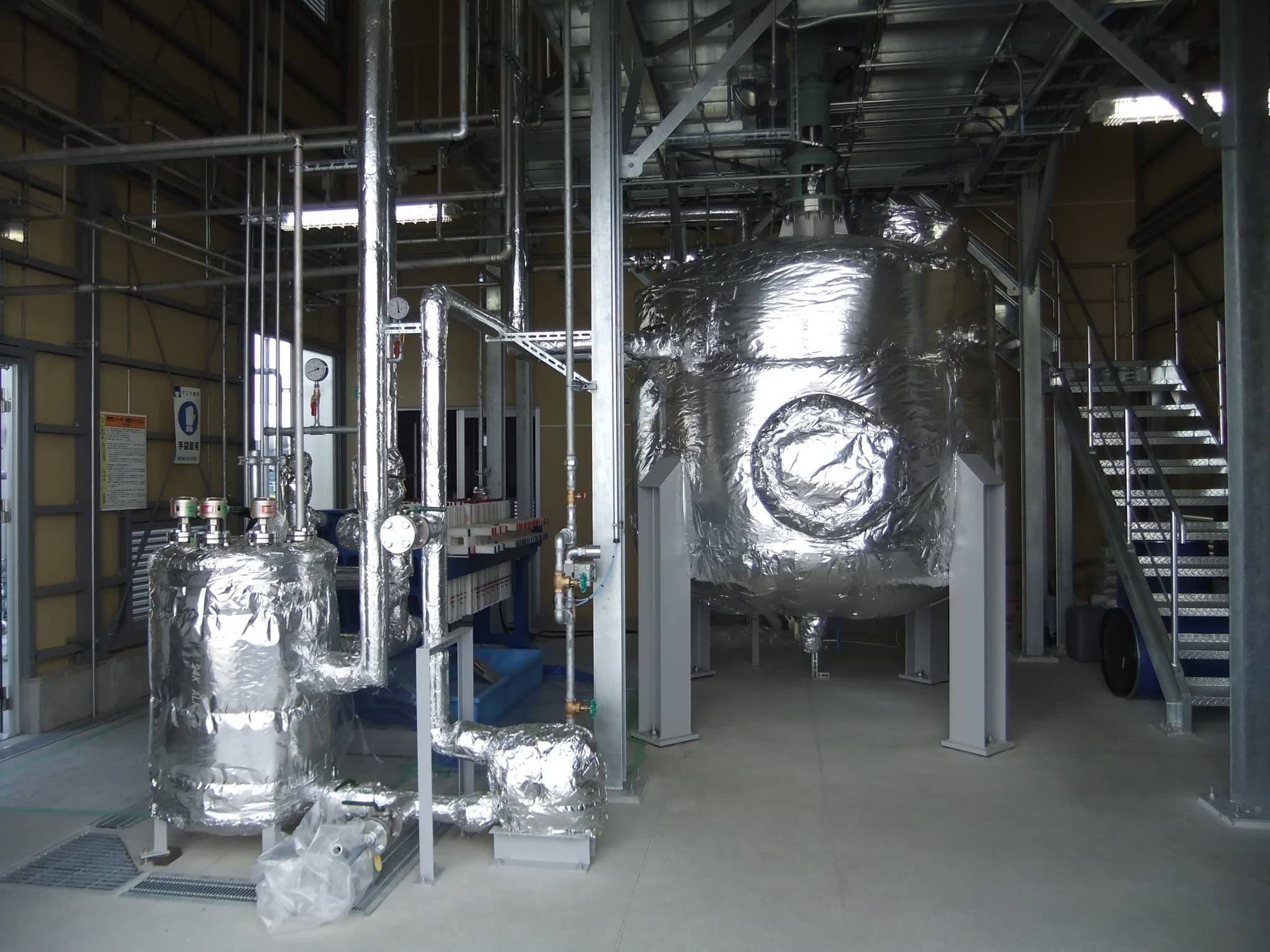
Alhytec’s aspirations for this model go beyond Japan. “Japanese technology needs to be delivered on a global scale,” Mizuki noted. For example, some low-lying island nations threatened by rising sea levels due to climate change burn diesel to generate electricity while producing large amounts of aluminum waste. Alhytec’s green technology could help these nations generate carbon-neutral energy. Mizuki wants “to contribute to carbon zero around the world,” and has discussed possible overseas ventures with organizations such as the Japan International Cooperation Agency.
The coronavirus pandemic has made clear the need for digitalization in the public and private sectors and how technology can drive solutions to social and environmental issues. No one person, company or public body will be able to realize an inclusive, interconnected and sustainable future alone. The government of Japan is executing targeted investment and regulatory reforms based on its growth strategy and vision for a new form of capitalism, aiming to mobilize public-private cooperation and tap the passion and technologies driving startups and innovation to usher in this future.
“Japan’s Transformation” is sponsored by the government of Japan.






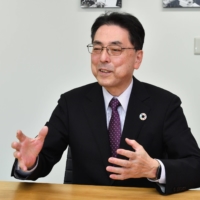
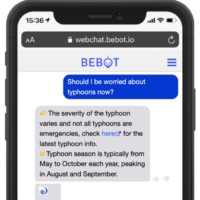


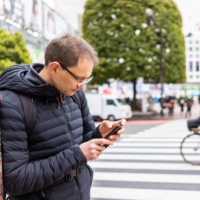

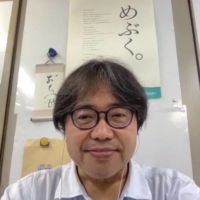
















With your current subscription plan you can comment on stories. However, before writing your first comment, please create a display name in the Profile section of your subscriber account page.